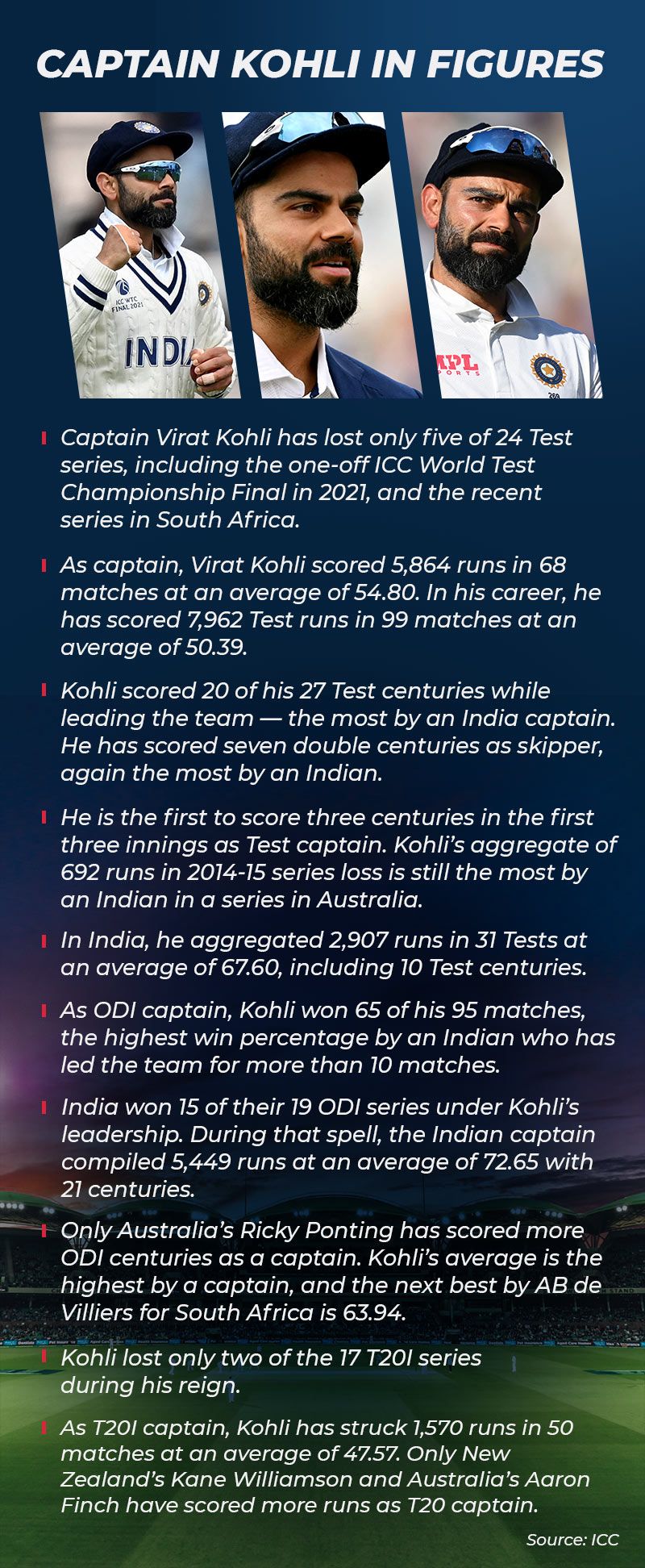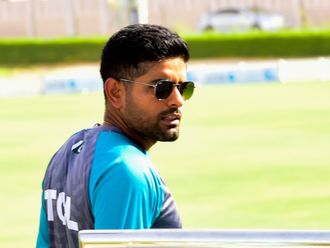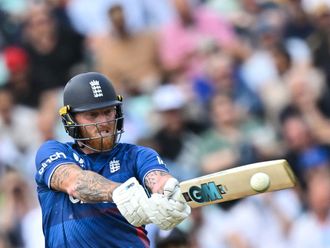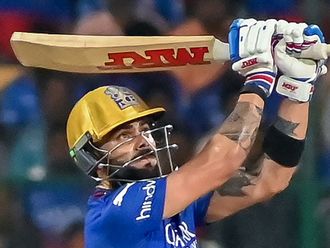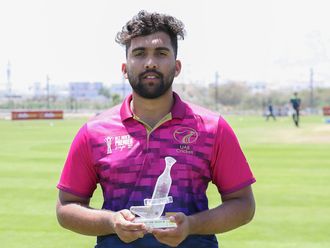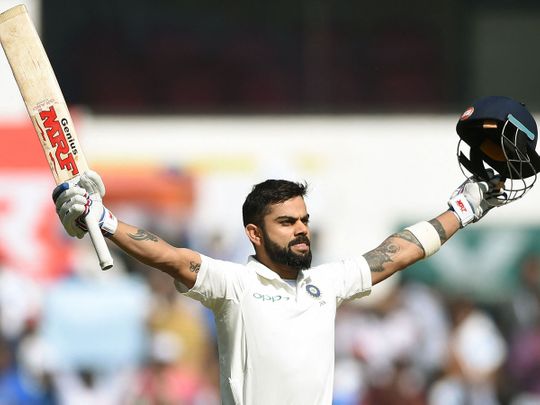
Is Virat Kohli Captain Courageous or Captain Arrogant? That depends on your point of view. But it sums up the extreme emotions the former Indian captain evokes among cricket enthusiasts.
Emotions aside, statistics tell us that Kohli is India’s most successful captain with 40 wins from 68 Tests. It also makes him one of the most successful international captains: he’s only behind Graeme Smith, Ricky Ponting and Steve Waugh. That record prompted the International Cricket Conference to choose Kohli as captain of the Team of the Decade in 2020. Under Kohli, India became the dominant force in cricket, losing only five of the 24 Test series, including the World Test Championship final.
Stats often don’t tell the whole story. The flattering figures can never capture the depth of Kohli’s contribution to India. His influence goes beyond the wins, and beyond the runs. His captaincy reshaped Indian cricket and its landscape. It changed the way India is perceived in the cricketing world. That perhaps is Kohli’s enduring legacy.
Kohli, Shastri, Dravid and Ganguly
That legacy was borne out of his single-minded pursuit of glory. Nothing was a hindrance, and nothing was allowed to be a hindrance. But India never won a world cup under Kohli and lost the Test championship in the final. The absence of silverware is often pointed out to belittle Kohli’s leadership, but that argument is misplaced. His vision and drive played a massive role in catapulting India from the seventh spot to the pinnacle of Test rankings.
A world leader in Tests and a firm favourite in ICC tournaments, India became a feared side in all formats of the game. During Kohli’s reign, the transformation from a meek, genteel side into a bold, talented bunch with a no-holds-barred approach was complete. It started with Sourav Ganguly at the helm, and Kohli elevated it to such ferocity that all teams treated India with grudging respect. What followed was the most successful era in Indian cricket.
Kohli received plenty of support from coach Ravi Shastri and many others. A vital cog in the support system was the National Cricket Academy in Bangalore, helmed by former Indian captain Rahul Dravid. The academy provided a steady stream of talents that honed their skills with the India A team before replenishing the senior squad. And it in turn helped Kolhi realise his dream.
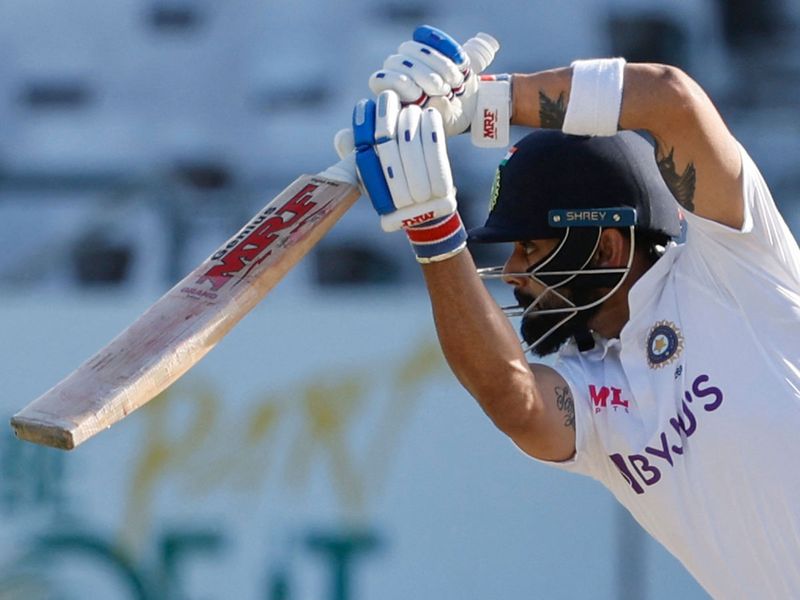
Kohli dreamt big. Bigger than the Indian captains before him. He wanted to win every game. And to win, he was prepared to go to any lengths. No sacrifice was too big for him. In that furious attempt, he cast aside rigid practices and gambled hard. Sometimes he failed miserably, and it paid off handsomely on other occasions.
The 2014 Adelaide Test showcased his vigorous attempts to win despite the odds. As stand-in captain, he dropped off-spinner Ravichandran Ashwin to accommodate leg-spinner Karn Sharma in a bid to buy wickets. The gamble failed, but that didn’t stop him from chasing an improbable target in the fourth innings to fall short by 48 runs.
That match gave a peek into what a Kohli reign would look like. Some of the early exuberance and penchant for risks were tempered in the later years. But the positive approach remained unchanged. He continued to be ultra-aggressive right till his last match as captain. He never held back his emotions even at the risk of censure, like yelling into the stump mic in Cape Town this month — an act that incurred the wrath of former cricketers.
A fiercely proud cricketer, Kohli wouldn’t want to be pushed out. Especially by the Indian cricket board. That must have prompted him to relinquish the Test captaincy.
That was just the latest outburst in a long list of explosive behaviour. With smouldering eyes and animated gestures, Kohli turned up the heat on the field. He never flinched from chest-out confrontations and was often accused of seeking out conflicts. Kohli never reeled in the hostility; Australians Steven Smith and Mitchell Johnson would attest that. The captain’s belligerence seeped into the team, and relentless aggression became the hallmark of the national squad during Kohli’s seven-year stint as captain.
Throughout his career, critics had their knives out for Kohli. They mocked his aggression; said it was unnecessary, pointing out the calm demeanours of his predecessor Mahendra Singh Dhoni and his deputy Ajinkya Rahane. Kohli refused to change his style, refused to bridle his aggression. It’s the competitive nature that drives him to excellence.
In his incessant drive for victory, Kohli turned into a fitness freak. He abstained from some of his favourite foods and worked tirelessly at the gym to turn himself into a lean and lithe athlete. His body fat level is said to be comparable to tennis world number one Novak Djokovic. Kohli believed that a finely tuned body is essential to produce his best on the cricket field.
How Kohli forged a five-man attack
He sold the idea to the Indian team. Soon fitness became the mantra. Talent was not enough; fitness levels too mattered. Varun Chakravarthy would know. The mystery spinner couldn’t make the Indian team until his fitness improved. Under Kohli, the team became the fittest in Indian history. There was no longer a need to hide a slow-moving player on the fine-leg fence. Fitter players are quick, and it helped save runs and take catches. Kohli can claim full credit for inculcating the fitness culture into the national squad.
Central to Kohli’s efforts to win was a five-man attack. Previous skippers have attempted it, but Kohli fielded five genuine bowlers to capture 20 wickets, so integral to winning a Test. Although it placed enormous pressure on the batsmen, Kohli persisted and reaped the rewards in the form of wins in Australia and England.
Kohli’s five-man bowling pack would have four fast bowlers in Tests abroad. That may be a tactic borrowed from Clive Lloyd, and although the pacemen were not as quick as the West Indians, it worked. They were not mediumpacers, but bowlers who could consistently bowl at speeds of over 140kmph.
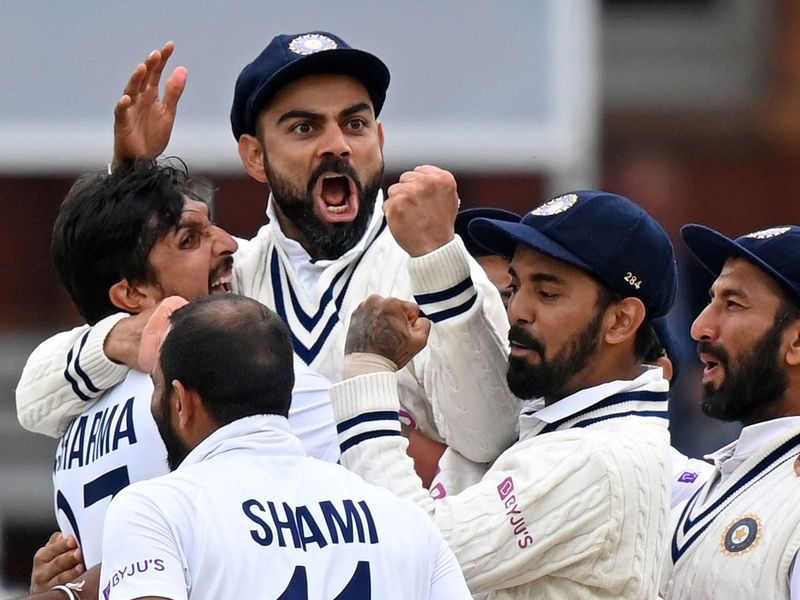
Ishant Sharma, Mohammad Shami, Umesh Yadav had matured into wicket-takers when Kohli took over the reins. Jasprit Bumrah and Mohammad Siraj joined later as the Indian pace pack became one of the best in the world. That allowed Kohli to fight fire with fire. And he didn’t hold back. He showed that Indians could win Tests overseas. South Africa continues to be the final frontier, although India came very close to winning the series this month.
Significantly, Kohli’s batting never suffered under the strain of captaincy. Ever since he took over the leadership from Dhoni in the fourth Test against Australia in 2015, the challenge spurred him to produce his best with the bat. Three centuries in the first three innings as skipper was evidence that he relished the additional responsibility. Twenty of his 27 Test centuries were struck while scoring 5,864 runs at an average of 54.80 while captaining India in 68 games.
His success in white-ball cricket is no less impressive, leading India to 65 wins in 95 One-Day Internationals. This meant India swept 15 of the 19 ODI series during Kohli’s tenure when he scored 5449 runs at an astonishing average of 72.65 with 21 centuries. Kohli replicated the success in Twenty20 Internationals too, winning 15 of the 17 T20I series.
At 34, Kohli may no longer be captain, but there’s plenty of cricket left in him. He may not have scored a century in the last two years, but runs have been coming at a steady pace. He’s been scoring fifties regularly but hasn’t been able to convert them into hundreds.
The decision to hand over the T20I captaincy in September 2021 may have been borne out of his desire to focus on batting. But the Indian cricket board’s move to strip him of ODI captaincy and the furore that followed must have pushed him to give up the Test captaincy. He must have figured that the Board of Control for Cricket India would be keen to replace him.
A fiercely proud cricketer, Kohli wouldn’t want to be pushed out. Especially by the Indian cricket board. That must have prompted him to relinquish the Test captaincy.
Kohli may longer be the captain, but his fiery glances and wild celebrations will continue. He may no longer shout into stump mics, but the fire and ferocity will still be there. And runs will flow from his flashing blade. Even centuries too.
